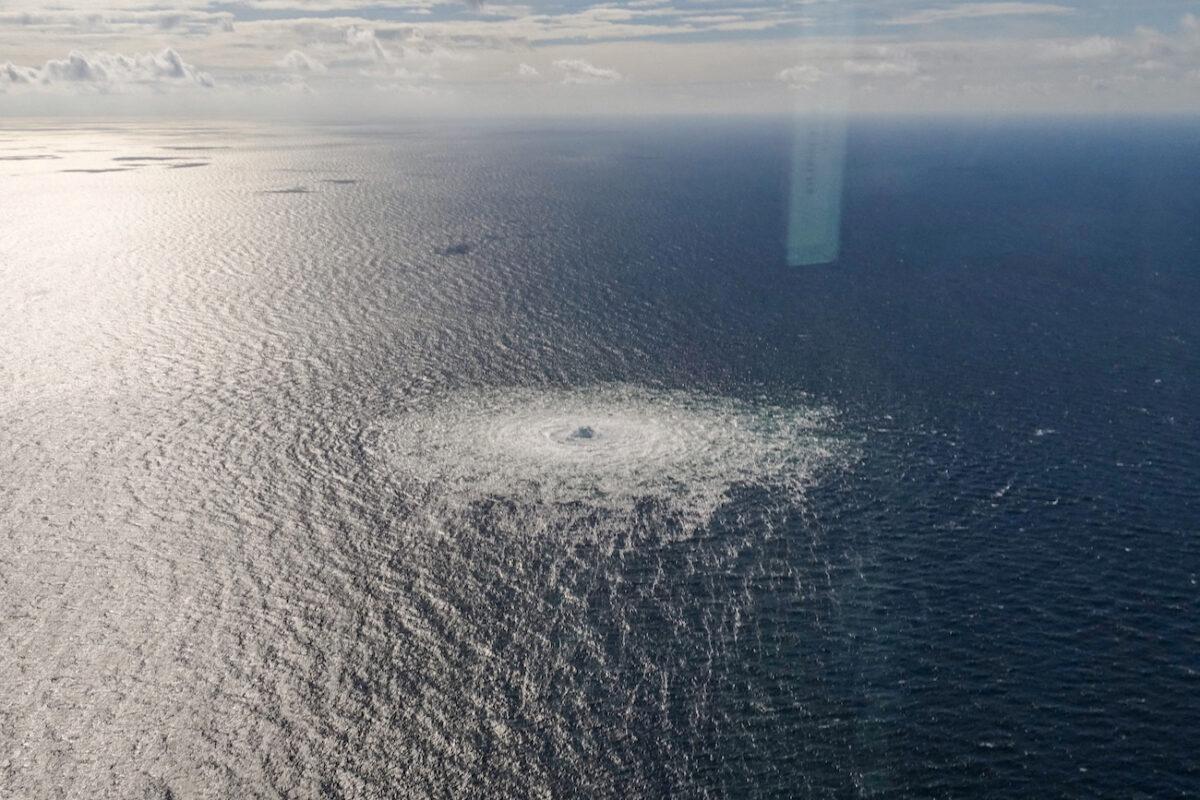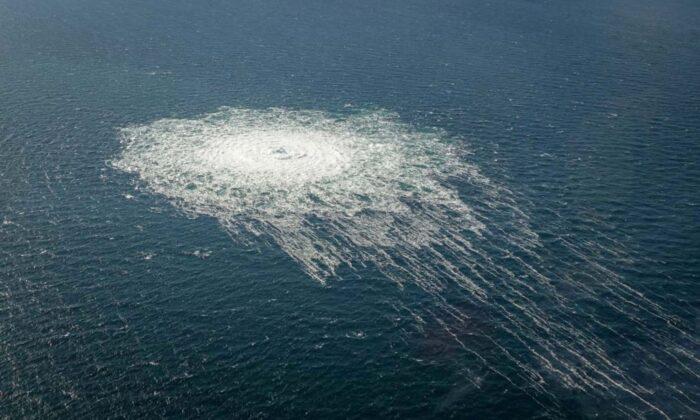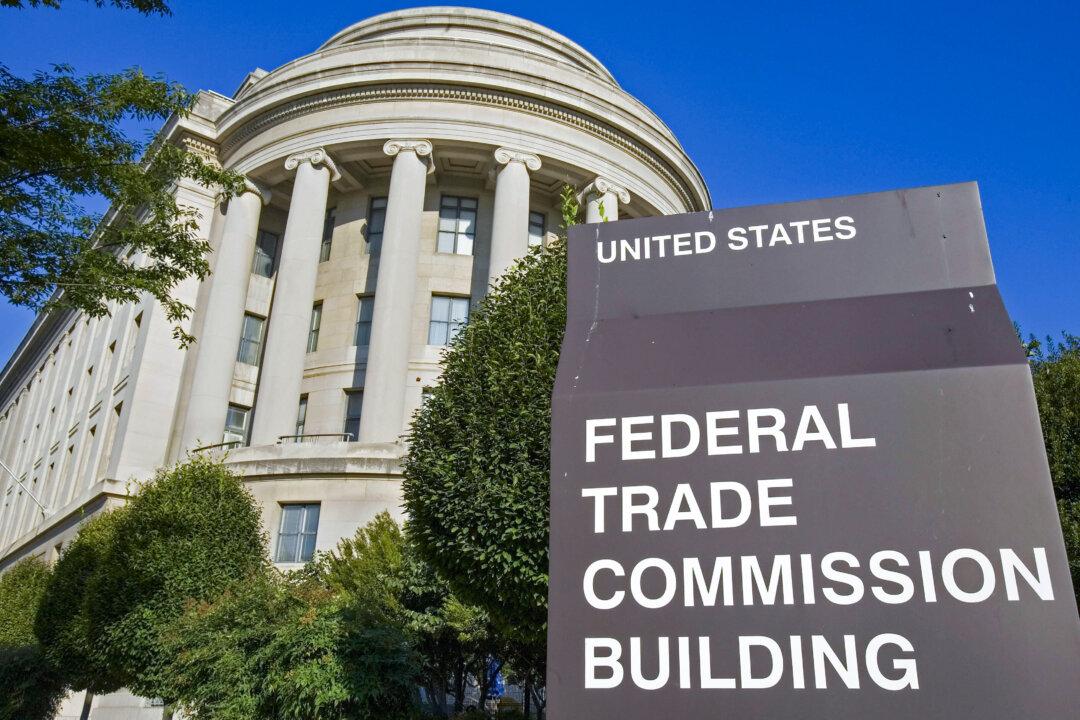Norway has announced it’s going to bolster security around vulnerable undersea fiber optic cables that are critical to the country’s oil and gas production after the recent explosions of the Nord Stream pipelines were found to be an act of sabotage.
The funds will also be used to buy equipment that can detect disturbances to satellite-based services like GPS on the Norwegian continental shelf as disruptions can pose challenges to multiple industries, according to Nkom.
“With these measures, the government will strengthen security on the Norwegian continental shelf, both when it comes to the outcome of telecom services and the prevention and handling of possible threats,” Norway’s Minister for Municipalities and Districts, Sigbjørn Gjelsvik, said in a statement, according to a translation of his remarks by The Epoch Times.
Norway’s beefed up security measures for critical infrastructure follow recent findings by Swedish investigators probing damage to the two Nord Stream pipelines that link Russia and Germany via the Baltic Sea after powerful explosions in late September led to four ruptures.
While the explosions had little immediate impact on Europe’s energy security, experts have warned that there are few protections in place for submarine data infrastructure.

(Danish Defence Command/Forsvaret Ritzau Scanpix/via Reuters)
Nord Stream Blasts an Act of ‘Serious Sabotage’
Investigators have found traces of explosive material at the Nord Stream blast sites, with the Swedish Security Service stating on Nov. 18 that the incident was an act of “serious sabotage.”Crime scene investigators found “foreign objects” at the blast sites and, after analyzing them, found traces of explosives, the Swedish Security Service said.
More advanced analyses are being carried out on the foreign objects to draw more conclusions about the incident, the security service stated, calling the investigation “extensive and complex.”
“What happened in the Baltic Sea is very serious,” the agency stated.
While sabotage has long been suspected as the cause of the ruptures, speculation continues to swirl around who could be behind the blasts.
The United States and its European allies have denied involvement while suggesting that Russia might be involved.
The Kremlin has called such allegations “predictably stupid,” as the pipelines are Russian-owned and the natural gas inside them comes from Russia.
Russia has long blamed the West for the blasts and, in late October, accused the British navy of blowing up the pipelines.
London has dismissed Moscow’s accusations as false and designed to distract from Russian military setbacks in Ukraine.
The ruptures occurred in the midst of an energy standoff between Russia and the European Union amid the war in Ukraine, with the West accusing Moscow of weaponizing energy to gain leverage in the conflict.
The Nord Stream 1 and Nord Stream 2 pipelines have a joint annual capacity of 110 billion cubic meters, which is more than half of Russia’s normal natural gas export volumes.
The EU, which in recent years has become highly dependent on Russian energy flows, is facing an energy price crunch as it struggles to replace those supplies from other sources.






Friends Read Free